ARAI Hill in Pune is one of the closest and famous birding spot in Pune City. ARAI means Automotive Research Association Of India. This hill is also known as MIT Hill or Vetal Takdi. MIT Hill because of MIT College near its base. Vetal Tekdi because of the Temple of Vetal Baba at top of the hill. There is also a Hanuman temple, rather two of those and a seldom known Shiva temple. Tekdi means Hill in Marathi. Vetal Baba temple is the highest point in Pune City (elevation 2600 ft above sea level). This hill has many trails which are very safe and simple. People usually go there for morning walk and also for bird watching.
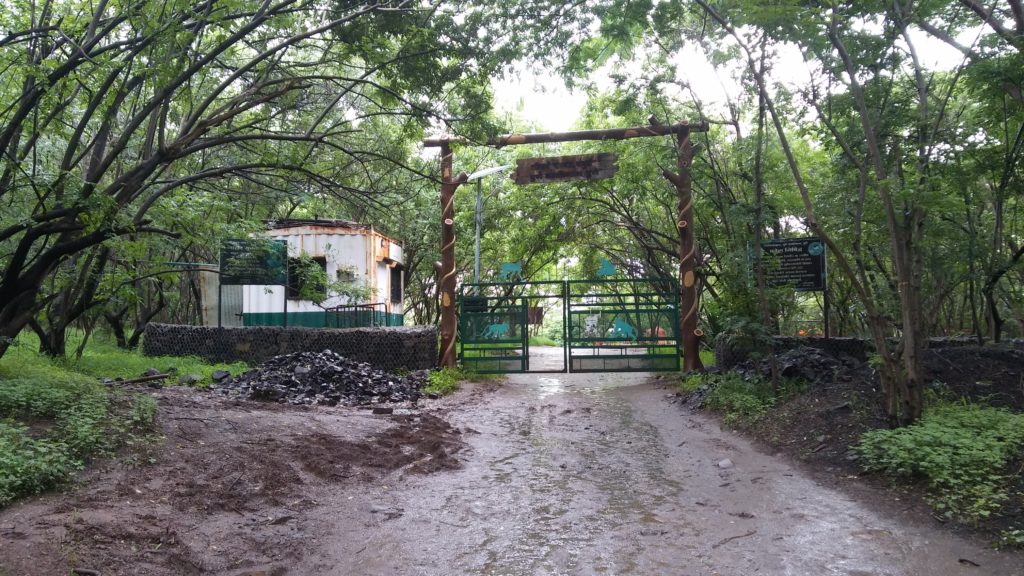
The hill is surrounded by virgin forests of Pune. Also, there has been plantations done by the Forest Department. I call it lungs of Pune. Besides these there was a stone mine on top of the hill. This is mine is closed down now for many years. Closing of this mine left a quarry. Water gets trapped in the small trenches and pits in this quarry. This unique combination has created a small wetland ecosystem in the quarry. This ecosystem invites variety of birds of all sorts. Also, surrounding woods and thick vegetation is a good place of other birds. Bushes and shrubs around quarry provide shelter to many other bird types, which feed on insects and smaller creatures.
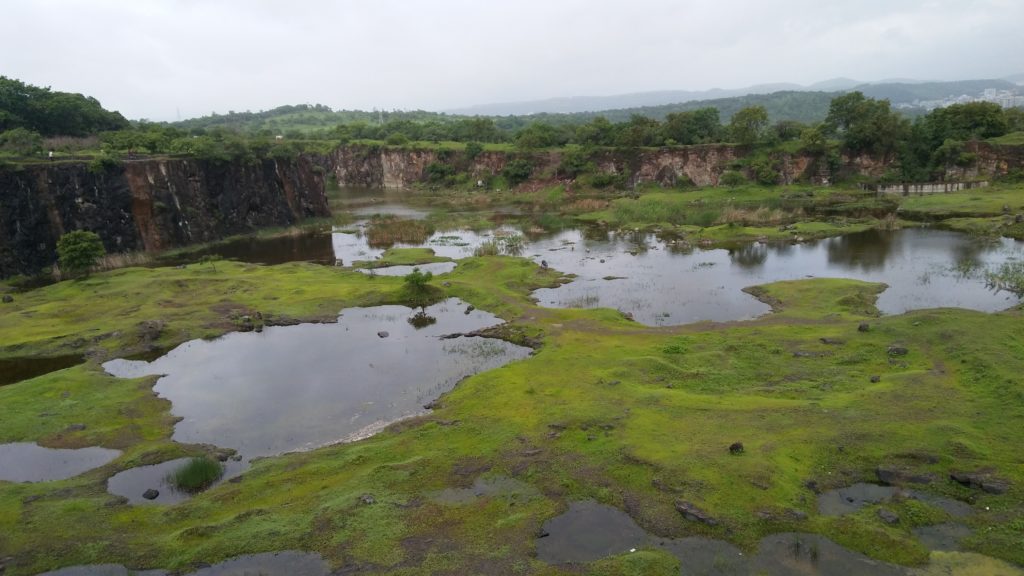
All these conditions make ARAI Hill a very good spot for birding. Although it doesn’t have as much variety or number of species found as any other sanctuary or forest; it has more than enough for a bird watching enthusiast. Besides for those who know this Hill, “You can never predict what will you see once you are there!”
Today I decided to take a walk to ARAI Hills in the morning. I began my journey from Kanchan Galli, near Film And Television Institute Of India on Law College Road. I climbed up the hill to go directly towards the Hanuman Temple. The land was very wet due to persistent rains in Pune for many days. I took My Canon 70D and Sigma 150-600 lens with me. I walked straight to quarry.
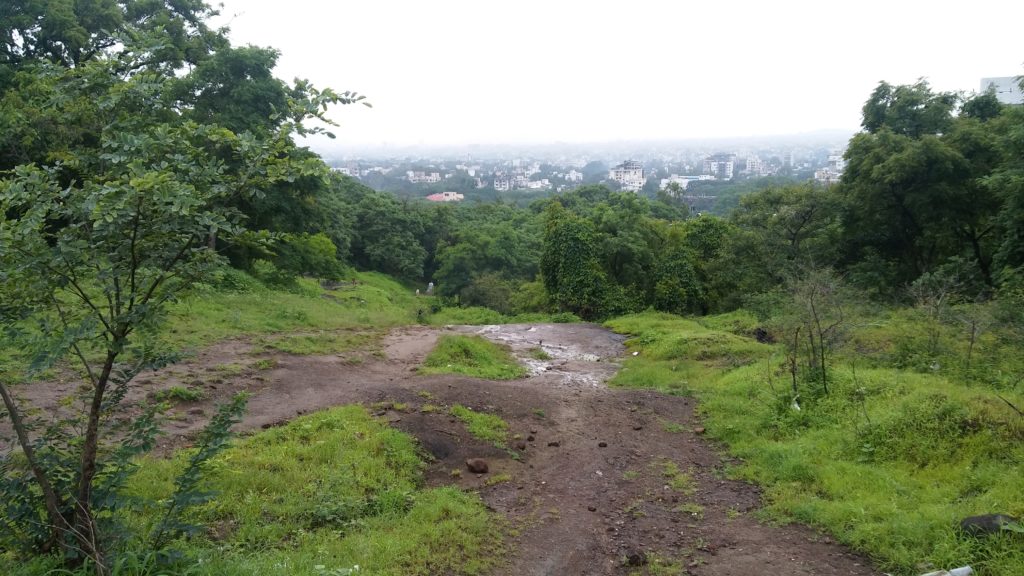
The main attraction of ARAI Hill is Peafowl which are abundant in the area. In the days of Monsoon is not many serious photographers are seen on the spot. But, with my experience I can assure that it is the best time to see a Peacock with it’s beautiful feathers spread. Monsoon is the mating season of Peafowls. While walking towards the quarry of ARAI Hill I spotted a Peacock with spread feathers at long distance. In Marathi we say that “Peacock is dancing”
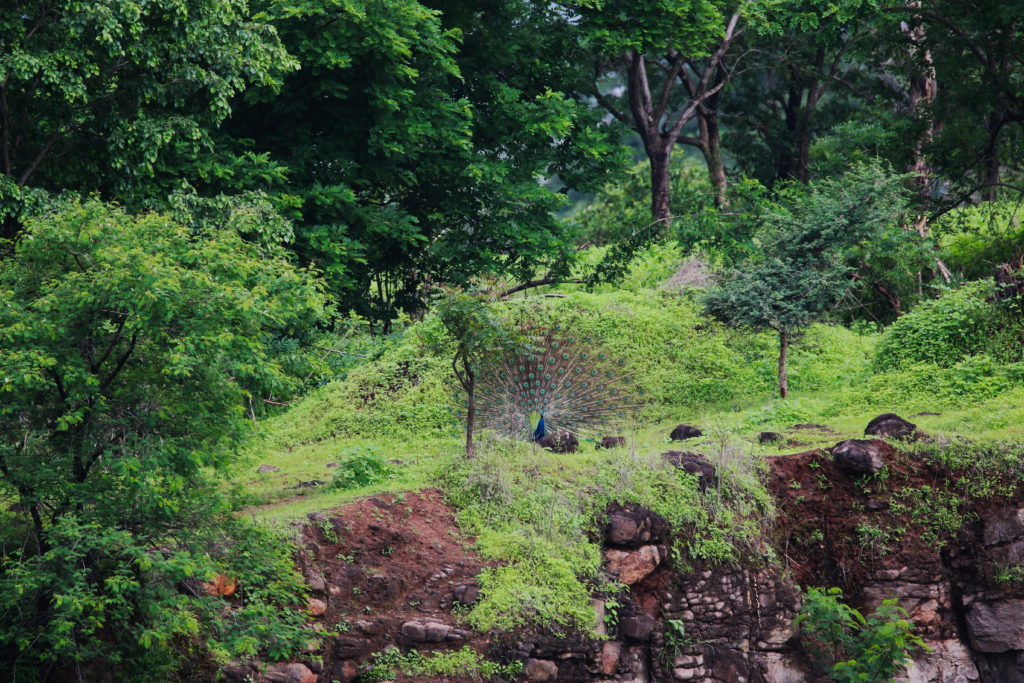
But, today was the “Day of Ladies” as far as Peafowls were concerned. It is true that Peacock looks more colorful, graceful and flamboyant. But, one must not forget that all what Peacock has is for that Peahen. I spotted two Peahens near the northernmost point of the quarry. I took some good photographs of them. But, like every other birding spot, show-off guys with camera came on the spot standing up tall and shooed away those beautiful ones.
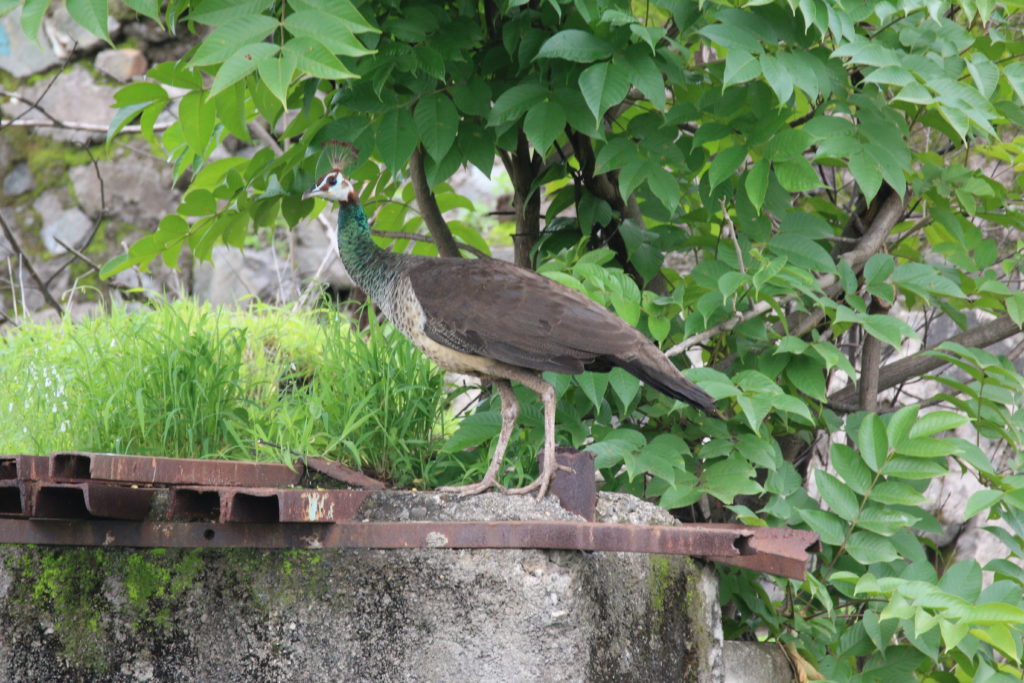
While taking photographs of Peahens I saw a Small Minivet (Male) on a treetop nearby. Surprisingly I saw a Small Minivet (Female) as well on the other tree. This was the first time I photographed female Small Minivet. Like I said you never know what you will see on ARAI Hill.
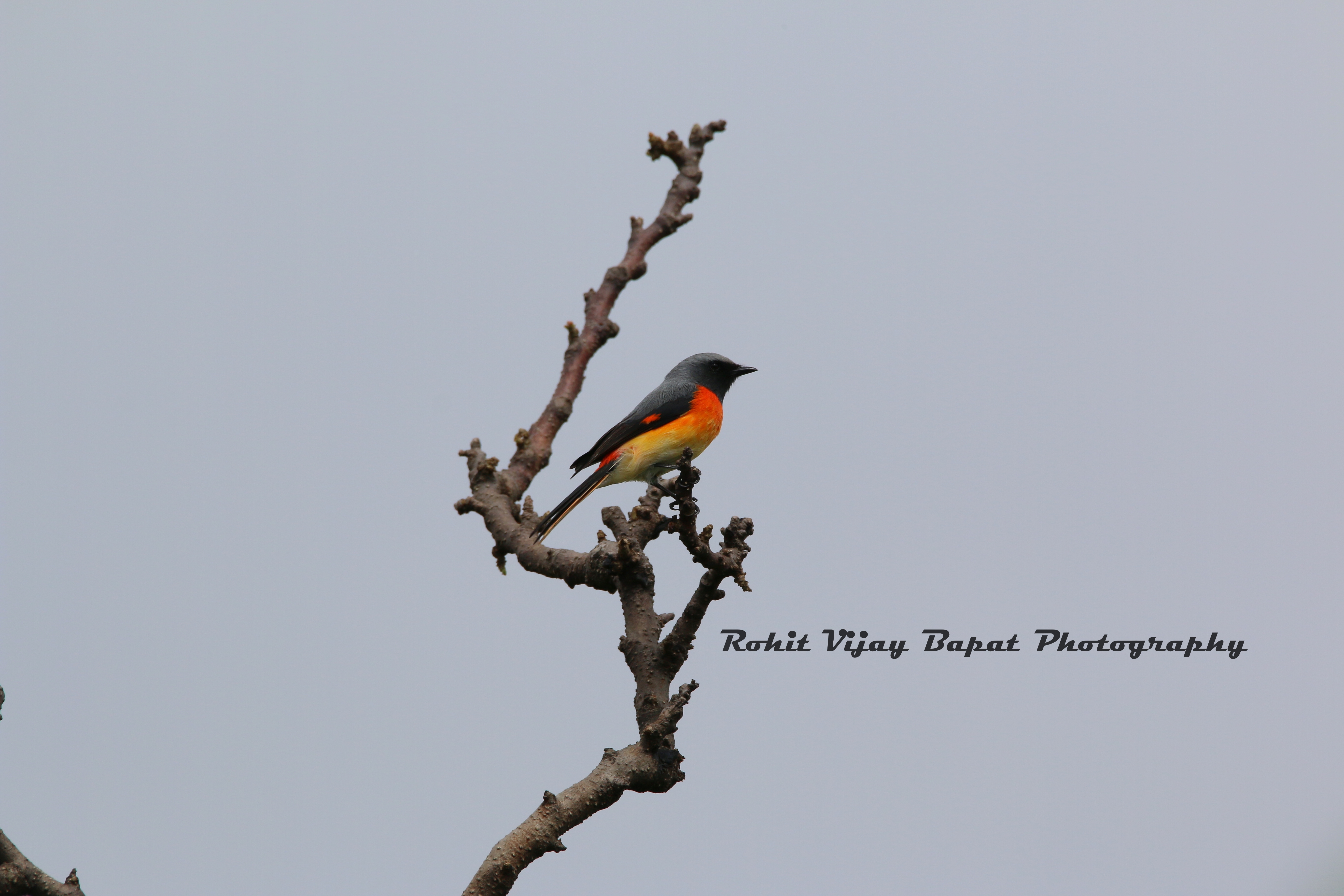
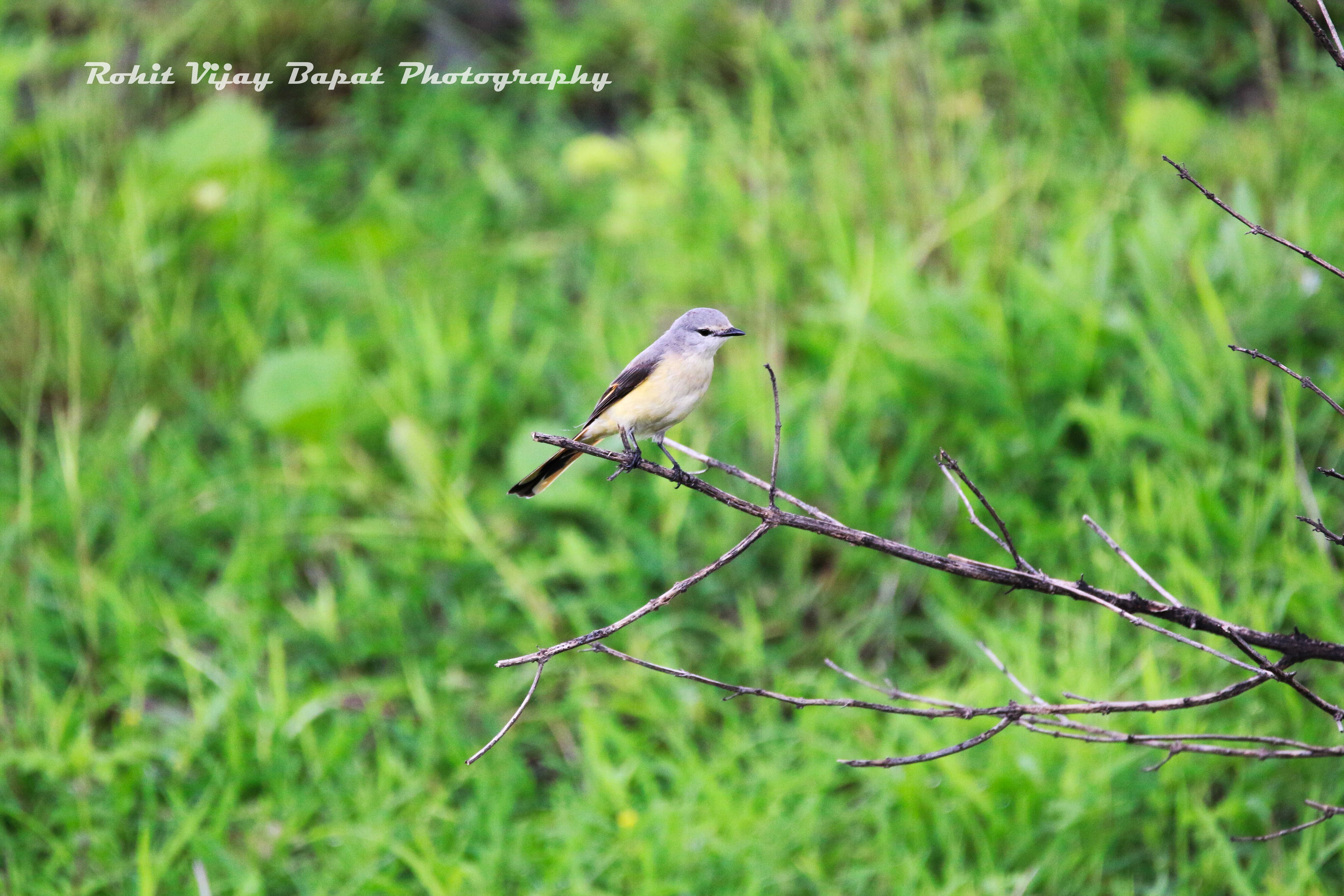
Just near the quarry there was a couple of Scaly Breasted Munia. I crouched on my feet to get closer to them. I am glad they didn’t fly away. I was afraid of couples walking around! These are peculiar birds with dark brick color on the head and the back and scales looking pattern on the breast. It is also known as Spotted Munia. It is difficult to easily identify Male from Female. But, Males have darker scales and throat.
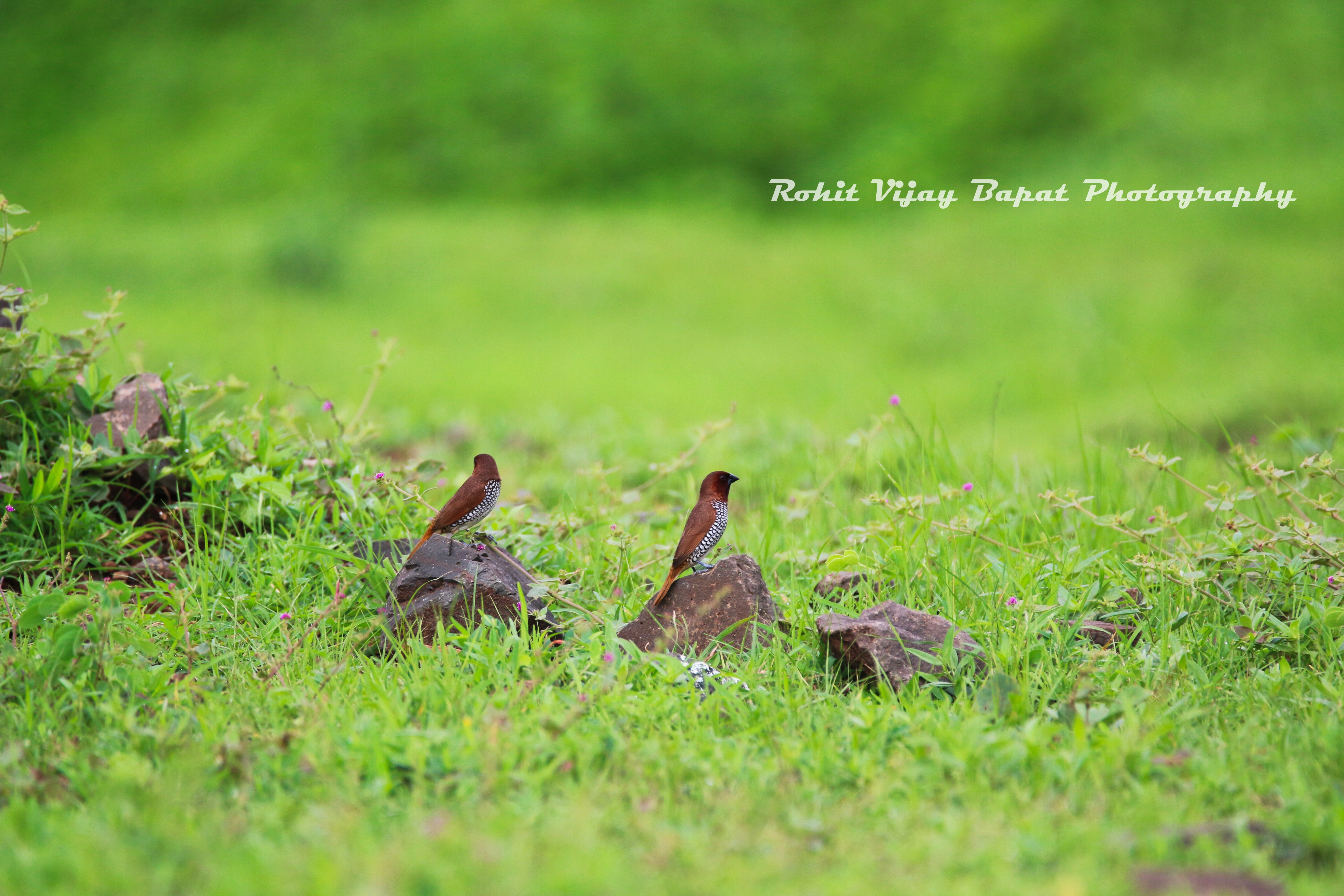
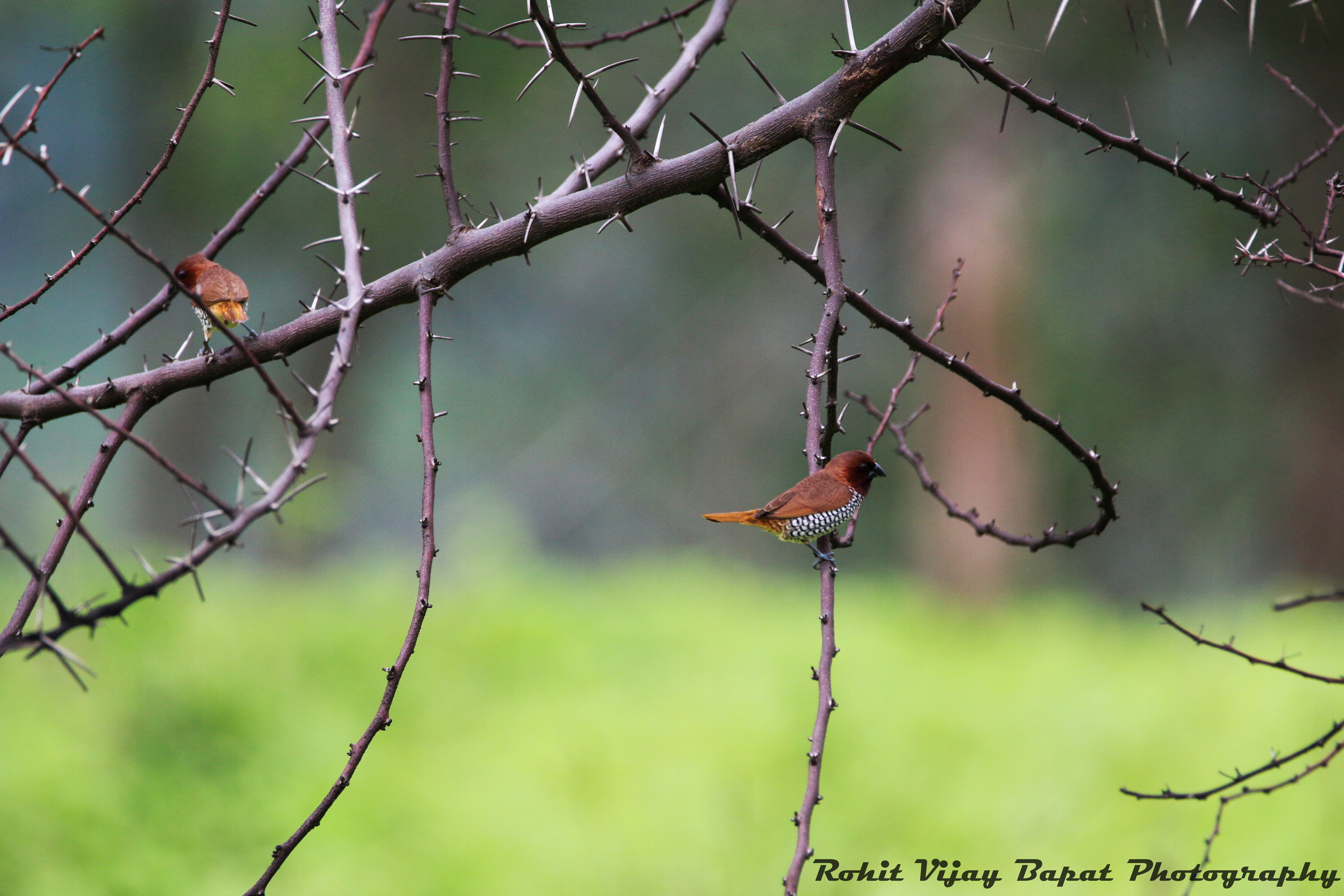
Nearby was Plain Prinia alerting everyone around about my presence!
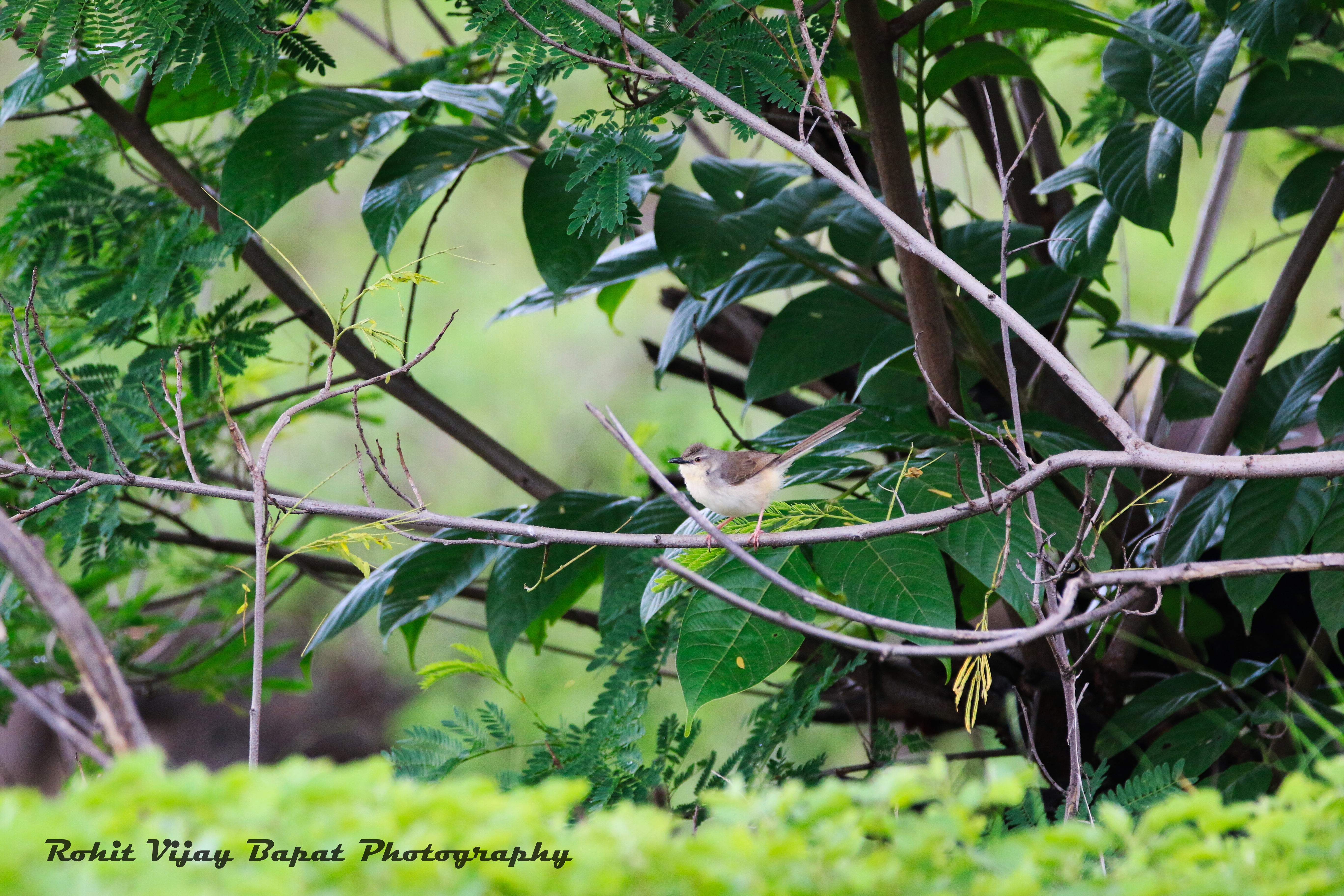
Then I went down in the quarry where the rain water made many small ponds. The grass around those ponds and small Acacia tree provides shelter for many types of marshland birds like Kingfishers, Avadavat, Baya Weaver, Wagtails, Ducks, Cormorant, Lapwigs etc. Cormorant is very common bird near ponds and also noisy Lapwigs. But, today I saw a small grebe which I saw many times but, I got a good chance to take photographs. It is called Little Grebe with breeding plumage. It is a beautiful and very agile small duck. Brown grebe bird has a small whitish patch on it’s chic. Monsoon is the breeding time so it had plumage. Grebe gives weet-weet-weet breeding call.

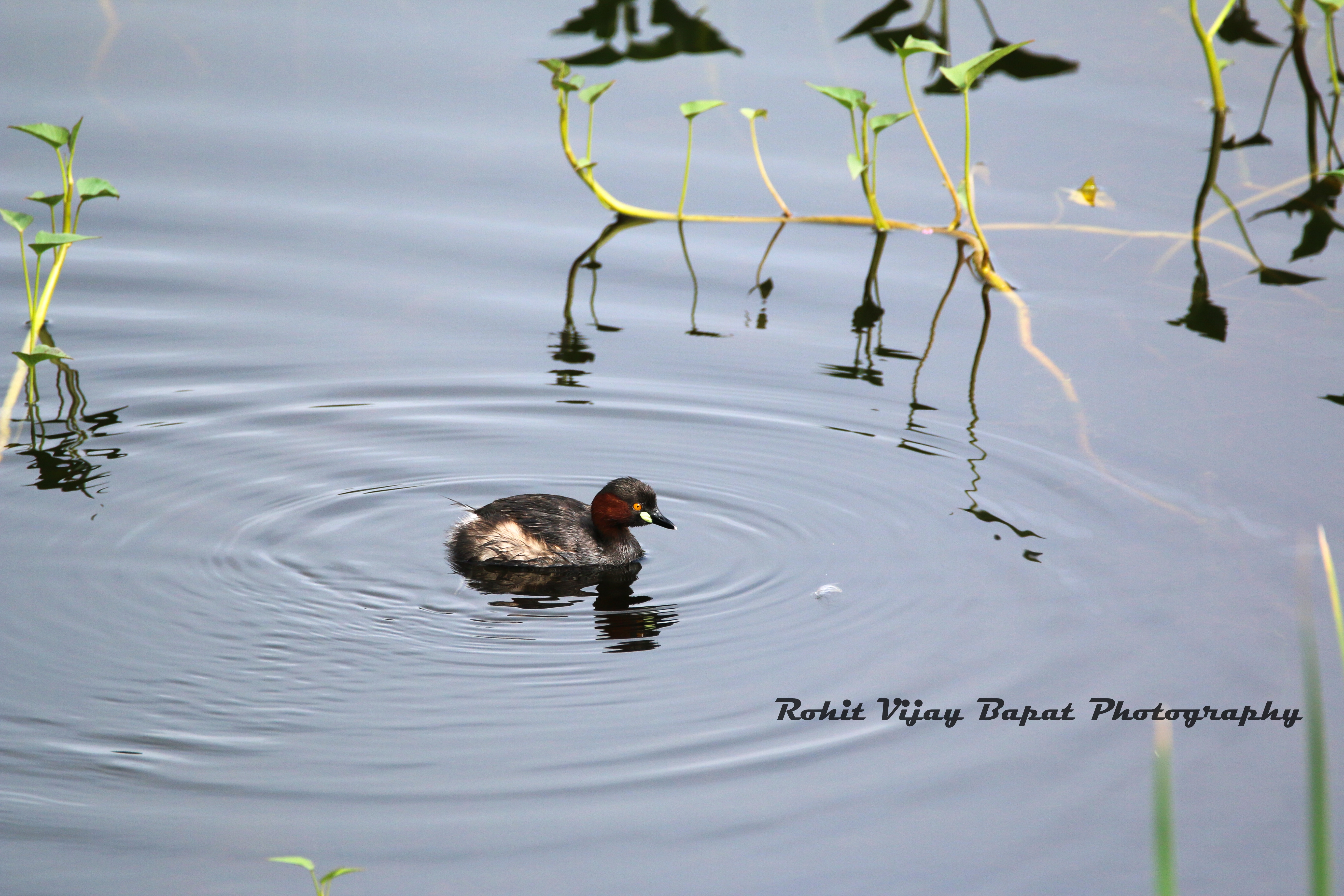

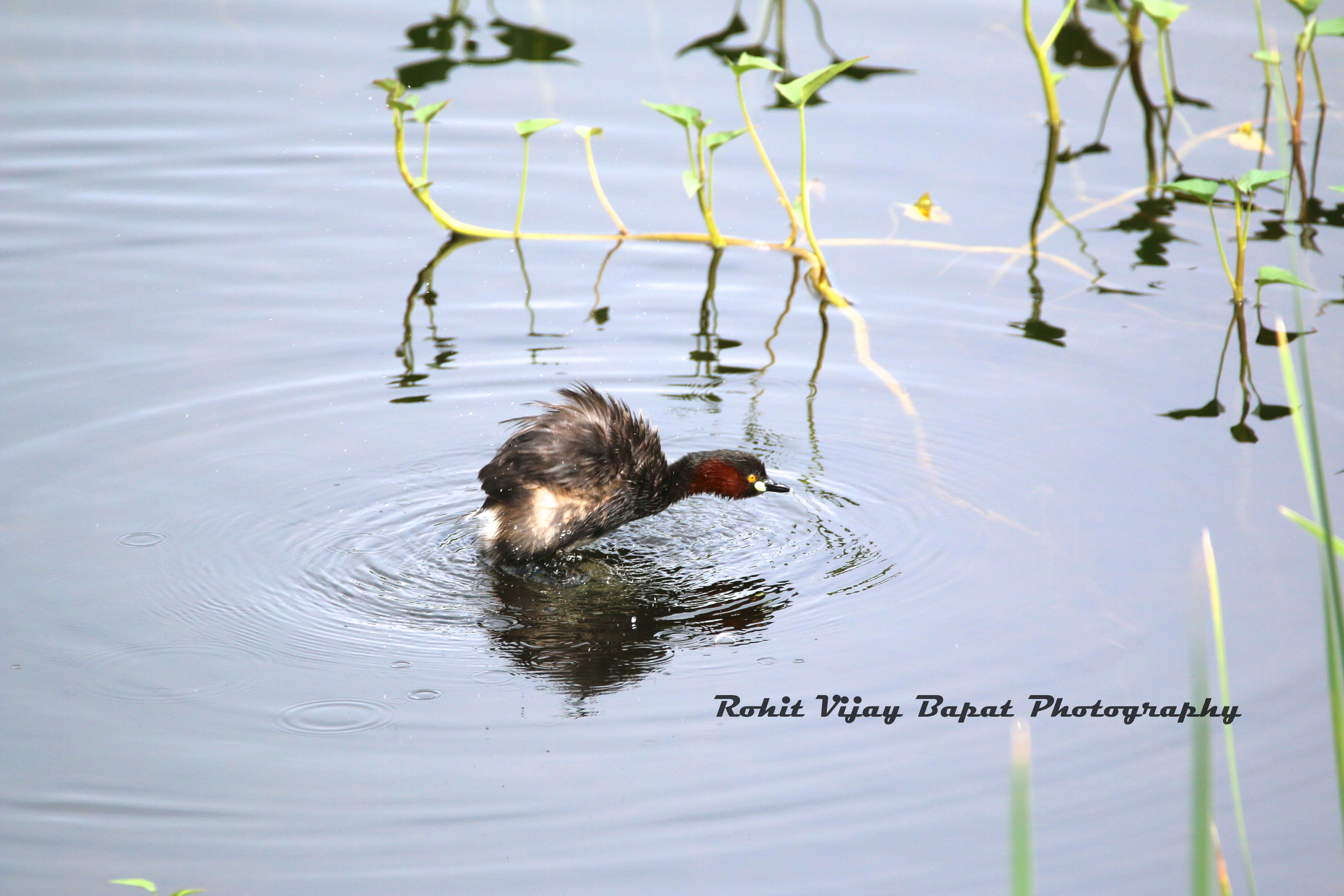
Then there were usually visible birds called Oriental White Eye. In Indian languages we call it Chashmewali. It is called so because of the white ring around the eyes which looks like, Chashma i.e. spectacle glasses. This bird is very small and has bright yellow color. It usually feeds on small fruits and flowers.
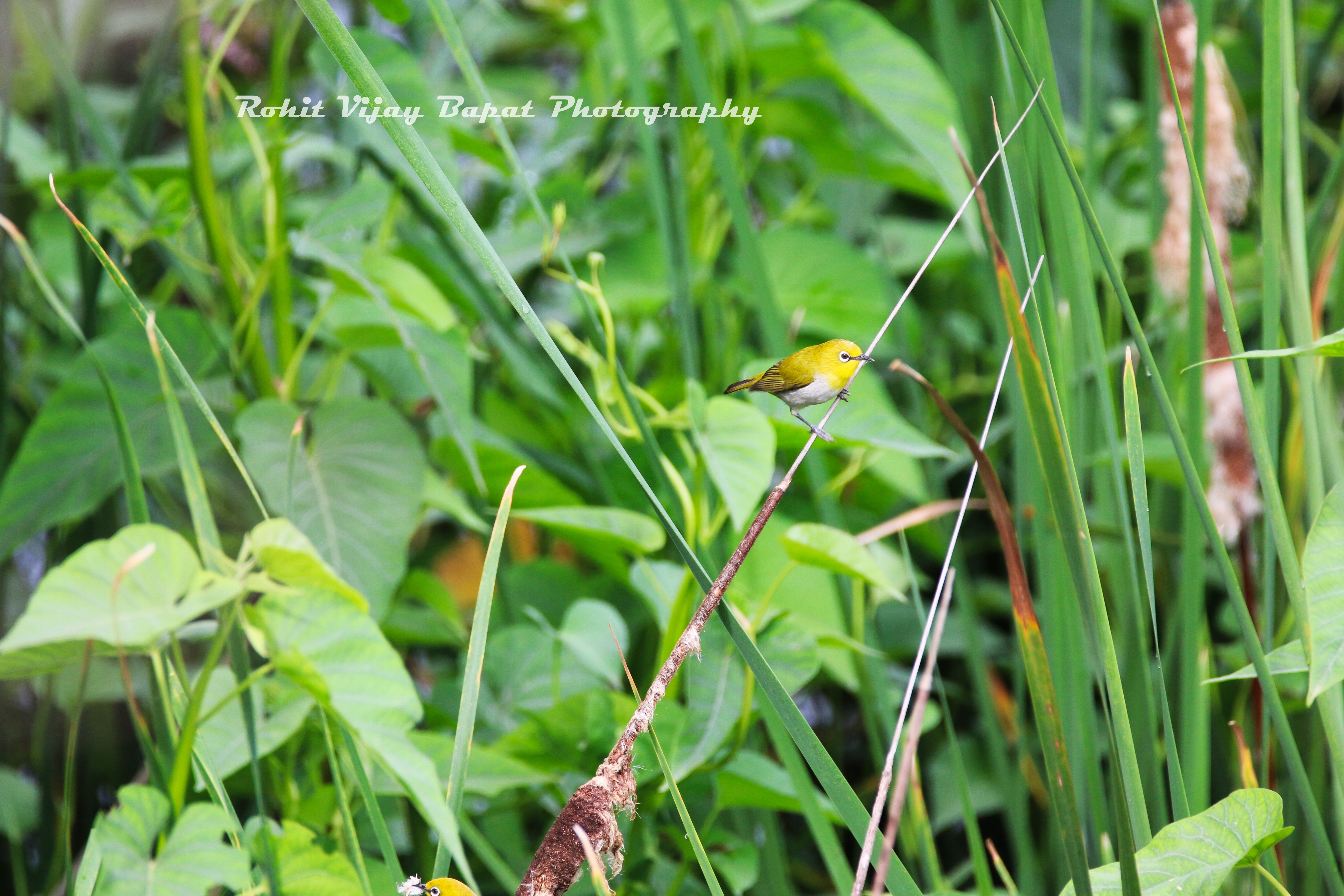

After this I thought that was all but, guess what a small drizzling began. Just the signs of rains forced the swiftlets to go near to their nests. Usually these swiftlets continuously keep on flying which makes it difficult for the bird photographer to take there photographs while they are sitting. But, this drizzling gave me that opportunity. It was so exciting to take their photos from such a small distance.
It was the first time for me to take their photographs while they are not moving! They are called Indian Swiftlets. Brown in color and so much adapted to the environment that it becomes very difficult to spot them on those rocks. They are perfectly camouflaged! No doubt the nature is wonderful.
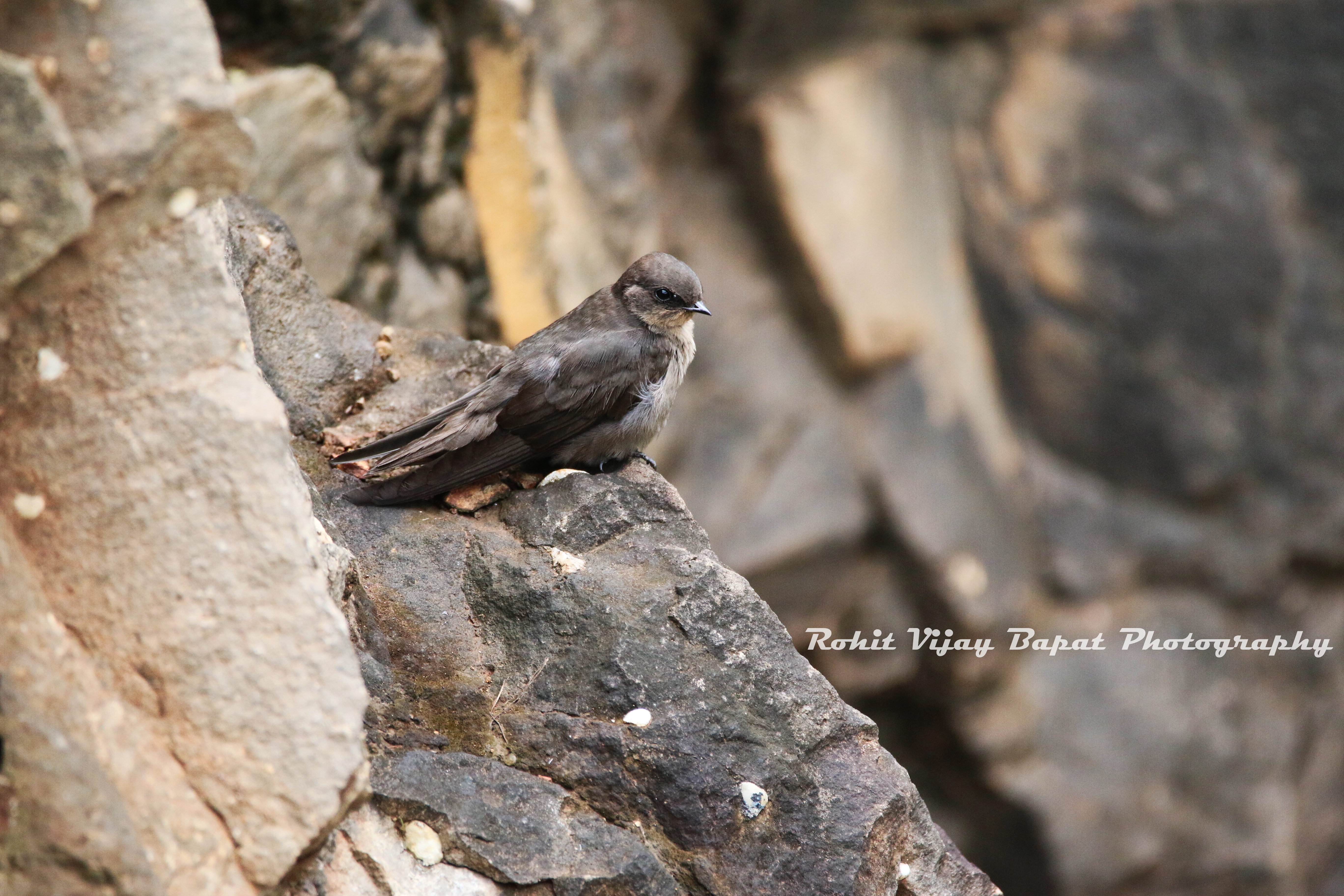
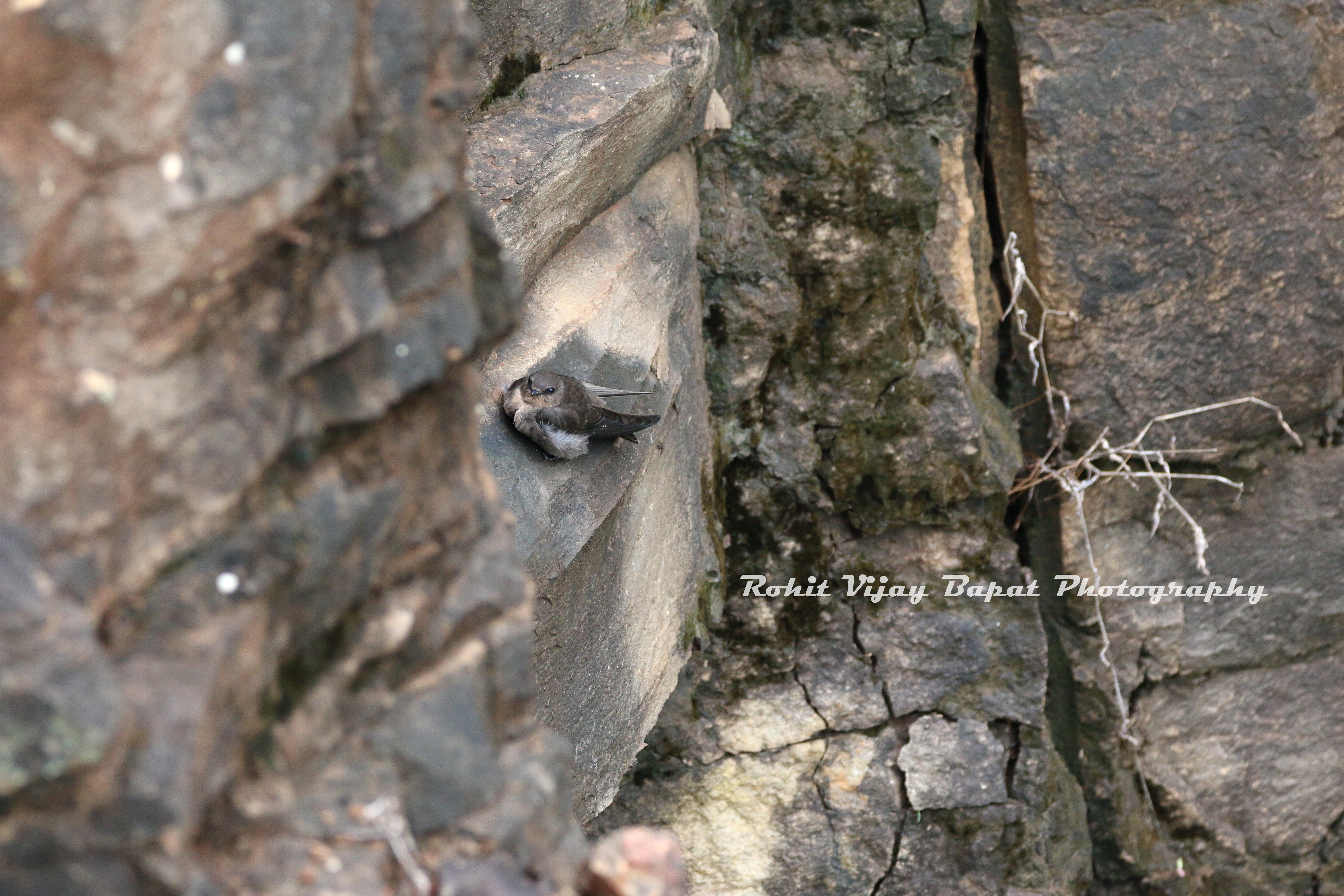
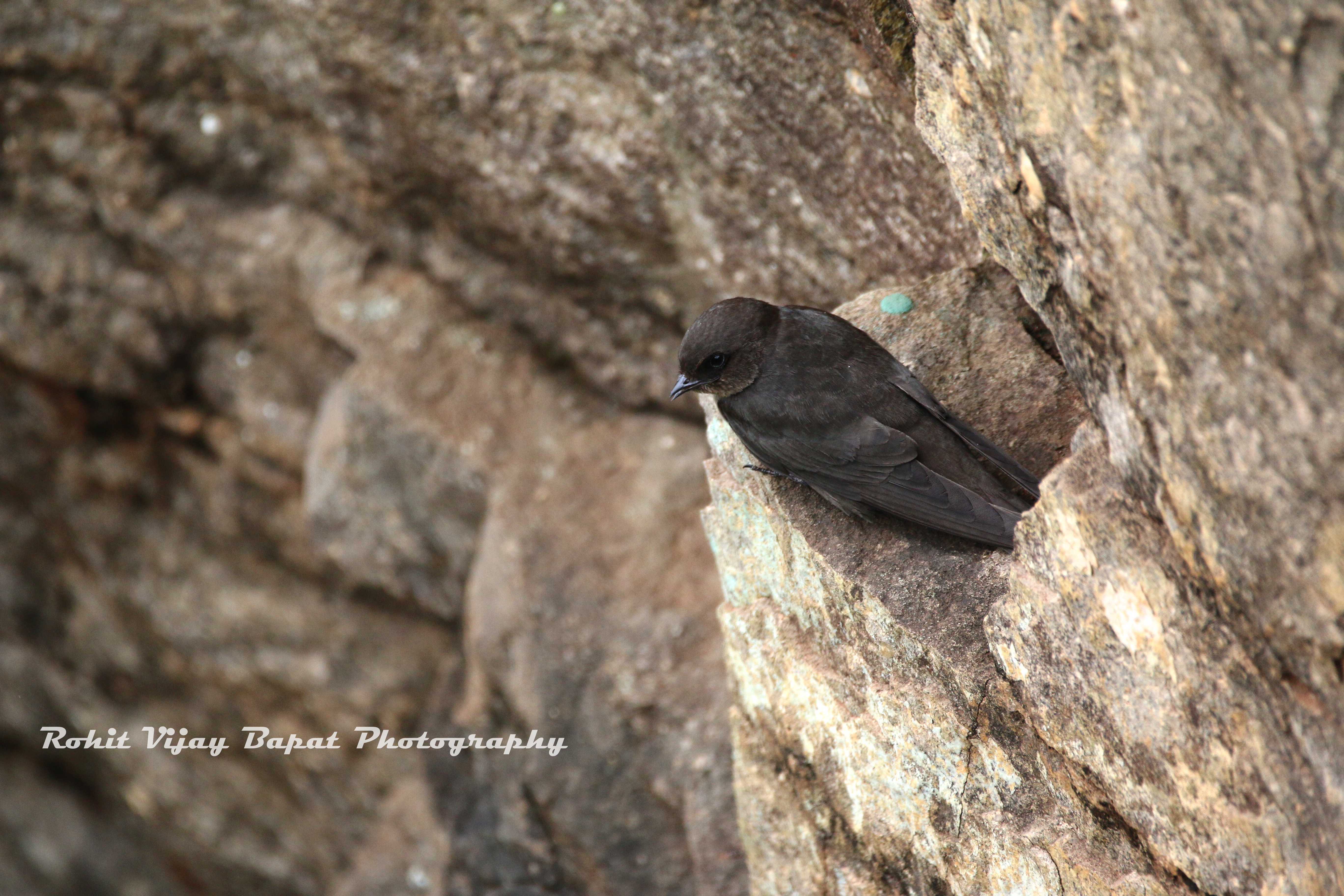
 
Finally it started raining heavily. I had to put my camera and other equipment into the bag and come out of that region. I walked towards Hanuman temple to come out of the wood area. Even though I put back my camera in the bag I had my mobile phone with me and I couldn’t resist myself to take some photographs of the path on the way.
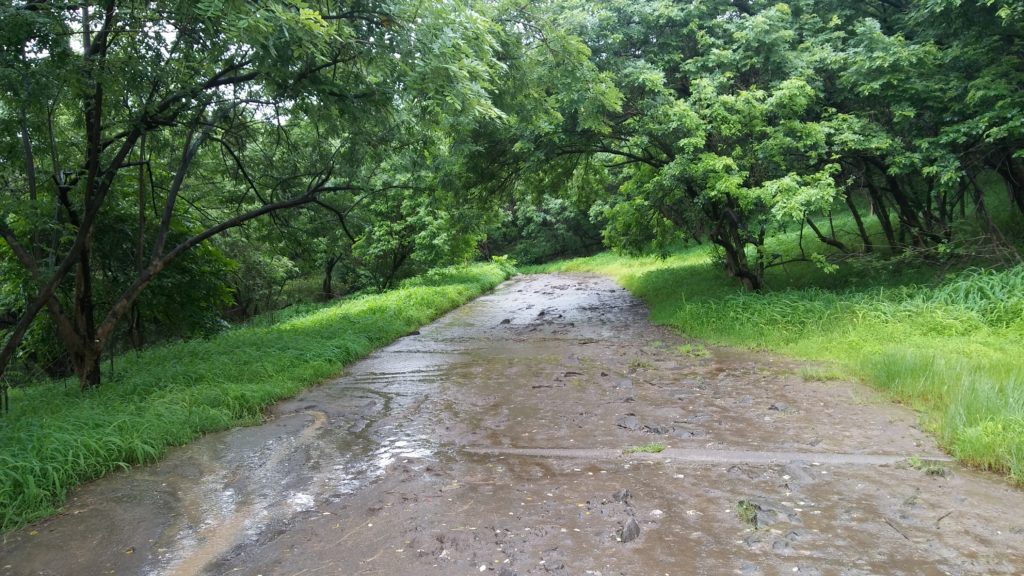
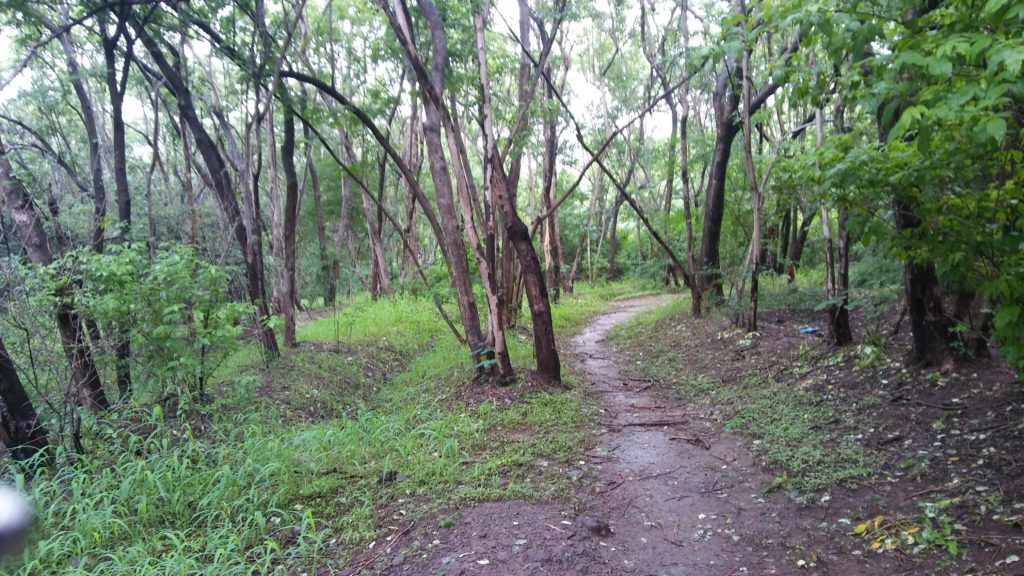
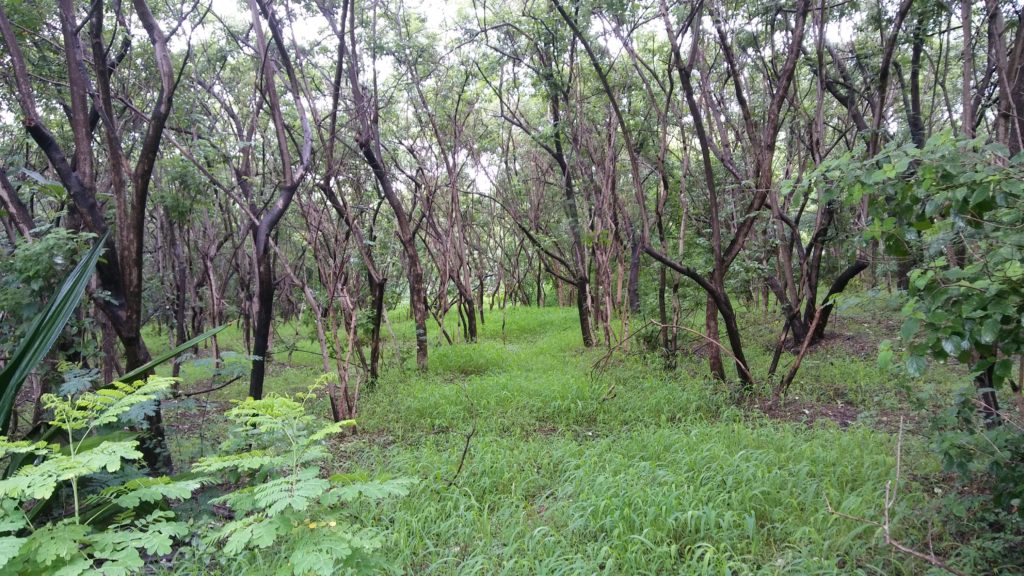
I walked back from ARAI factory towards Kelewadi.
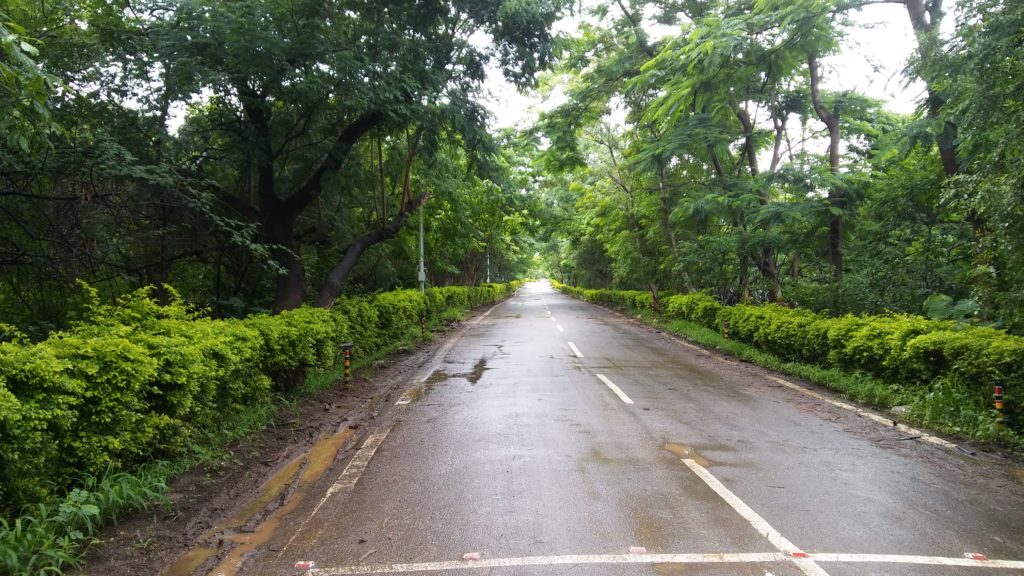
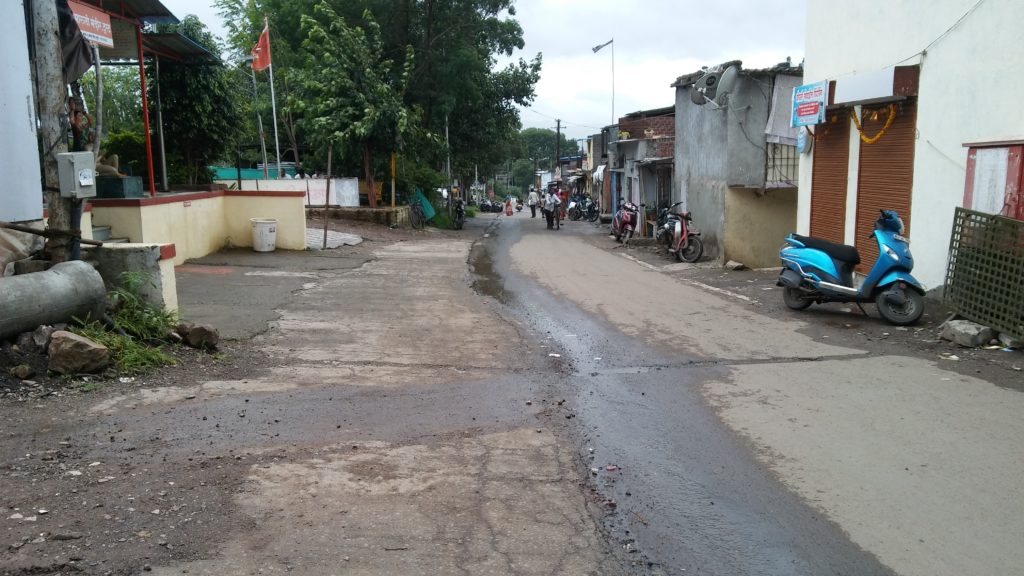
This was just an example of how a casual trip to the lungs of Pune can be exciting as well as relaxing at the same time. So next time you have some hours in spare you know a place to go! Enjoy..

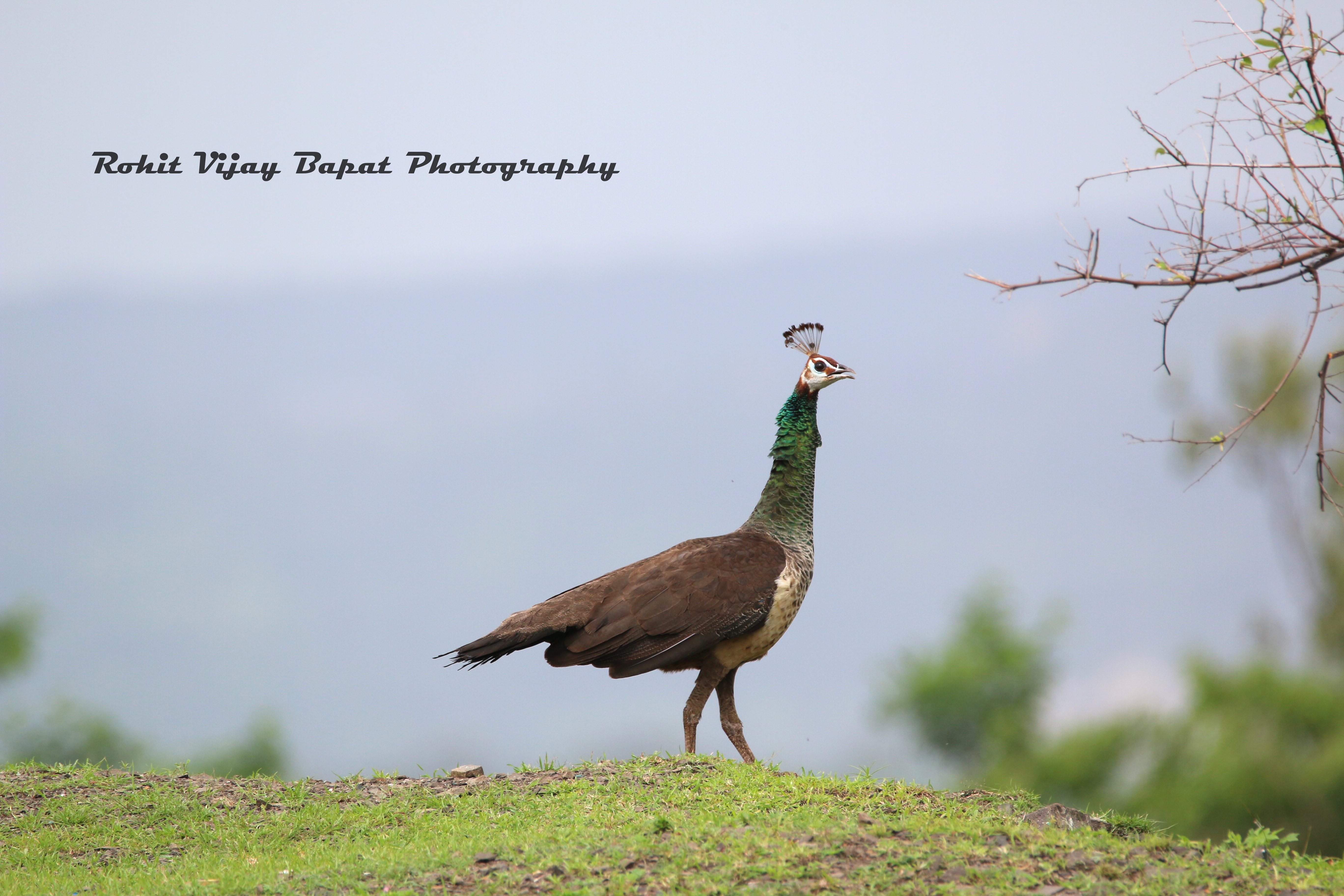
Hi ! I just wanted to know whether you have any more information regarding the quarry, specifically when it was dug and since when it was closed down. Your article is very informative and interesting to read. hoping for your reply!! thank you!!
Hello Siddhi, Thanks for the complements. I will try to dig some data regarding the quarry soon. My father should know (it’s that old). But, I will get back with more information. Thank you. Appreciated !
Rohit
Hello Rohit! I know its been days! I could not reply as my computer was crashed. I would like to get Information from you regarding the quarry if you have received any. Or you can also suggest a few people around the city who can guide me.
Thank you so much for your reply.
Siddhi